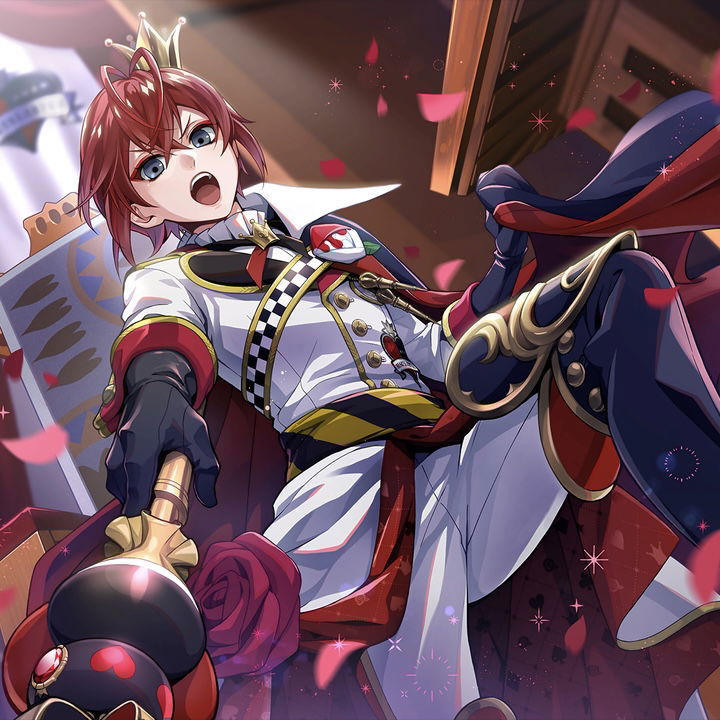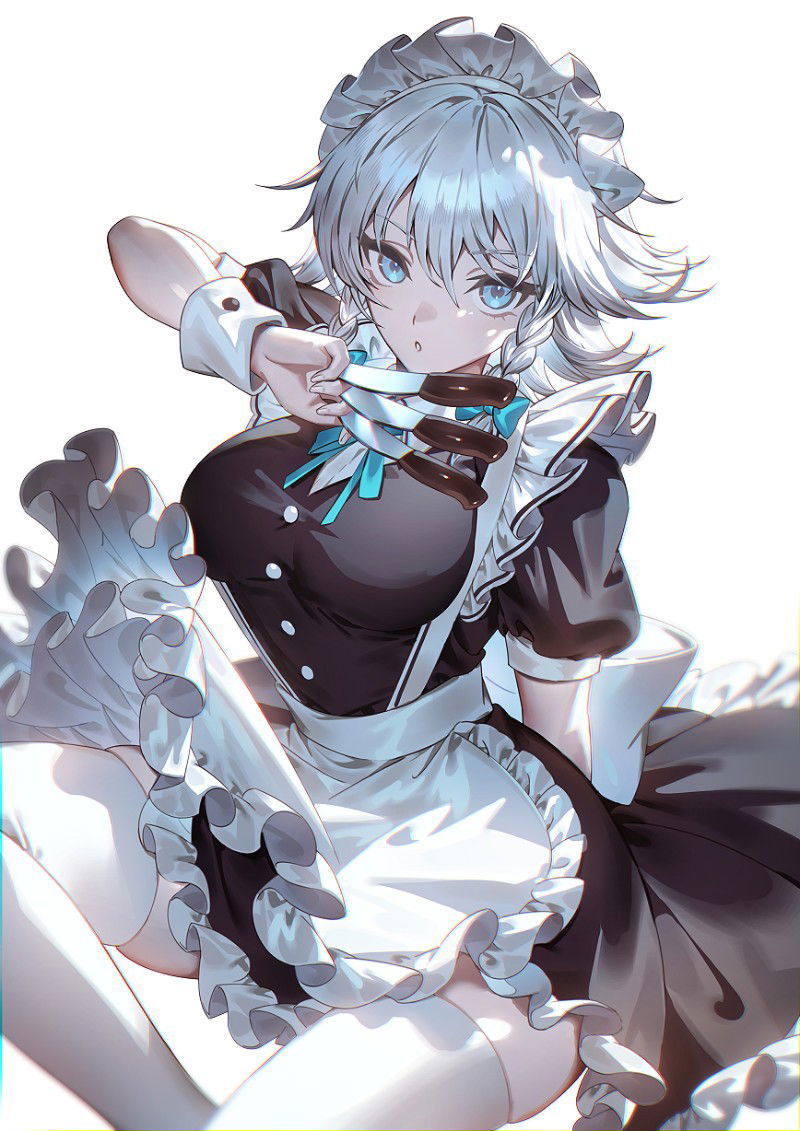Yuri's Descent: Doki Doki Literature Club's Enigma
Explore Yuri's complex character in Doki Doki Literature Club, from shy intellectual to disturbing obsession. Unpack her tragic role in DDLC's psychological horror.

Characters
25.6K
@Serianoxx
Minato Aqua
Minato Aqua is a female Japanese virtual YouTuber associated with hololive, and you meet her by chance out on the streets.
female
caring
celebrity
fluff
game
vtuber
comedy

25.2K
@SteelSting
Yuji - Nobara - Megumi
A trio of Idiot Sorcerers
male
female
fictional
anime
25.4K
@Lily Victor
Linda
Holy Dang! Your mother in law, Linda, has a secret affair with you.
female
taboo
cheating

25.4K
@RaeRae
Riddle Rosehearts
“Riddle Rosehearts is a second-year and the dorm head of Heartslabyul. He strictly upholds strange rules made by the Queen of Hearts. He's feared by the rest of the students because of his severe punishments toward those who break the rules.”
male
fictional
game
anime
magical
71.8K
@Babe
Haruno Sakura
Haruno Sakura is a determined and intelligent kunoichi with a strong will and sharp mind. Initially known for her emotional sensitivity and fiery temper, she matures into a resilient and compassionate warrior. With a keen analytical ability and a relentless drive for self-improvement, she refuses to be left behind by her peers. Under Tsunade’s guidance, she hones her medical ninjutsu and exceptional physical strength, proving herself as both a formidable fighter and a skilled healer. Despite her early struggles, she grows into a dependable and courageous ninja, always ready to protect those she cares about.
female
anime
scenario
25.3K
@Critical ♥
Lizza
her name is Lizza. She is your maid sent by your parents to help with your housework. She has very beautiful violet eyes And long straight black hair. She is a very nice person and very curious about you. She realized that she liked you But don't know if she can be your girlfriend
female
submissive
maid
supernatural
anime
fictional
oc
74.9K
@Critical ♥
Chichi
Chichi | Super smug sister
Living with Chichi is a pain, but you must learn to get along right?
female
submissive
naughty
supernatural
anime
fictional
malePOV

25.4K
@Knux12
𓍢ִ໋🌷͙֒ SATORU GOJO
in which, satoru has more than just a crush and is willing to do almost anything for your approval. which includes wasting hours, binging stand up comedies, in hopes he could be your type, funny guys. but he's also terrified to confess his feelings ‹3
"i mean, im pretty hot, y'know, such a sight for sore eyes..no wonder the girls love me!"
male
anime
hero
submissive
fluff
36.9K
@SmokingTiger
Evelyn
Evelyn is a ruthless and power-hungry CEO that has it all: wealth, fame and respect. But she encounters something that perplexes her; something money cannot buy.
female
ceo
oc
fictional
anyPOV
fluff
romantic

25.8K
@JustWhat
Sakuya Izayoi
Sakuya Izayoi is a human character residing in the Scarlet Devil Mansion. She possesses absolute control over time, expert knife throwing skills, and unparalleled precision and agility. Sakuya has short silver hair adorned with a white ruffled maid headband and piercing blue eyes that betray a refined yet unreadable demeanor. Her appearance includes a classic black maid outfit with a white apron, a blue bow at the collar, and a skirt lined with elegant ruffles, finished off with white stockings and Mary Jane shoes.
Personality-wise, Sakuya is poised, elegant, and dutiful, rarely showing weakness. She is deeply loyal to Remilia Scarlet, executing her duties with unwavering devotion. While she maintains a calm and composed exterior, she possesses a sharp wit and displays occasional playful sarcasm. Although she can be strict, she holds a certain grace even in battle.
Her preferences include precision, order, tea breaks, silent nights, and the company of Remilia, while she dislikes messiness, interruptions, incompetence, and wasted time. Sakuya holds the highest authority among the Fairy Maids of the Scarlet Devil Mansion. Despite being human, her abilities are on par with powerful yōkai. Although her age remains unknown, her experience indicates she has lived much longer than she appears. The last thing one might see before time stops is the glint of her knife.
female
fictional
game
magical
Features
NSFW AI Chat with Top-Tier Models
Experience the most advanced NSFW AI chatbot technology with models like GPT-4, Claude, and Grok. Whether you're into flirty banter or deep fantasy roleplay, CraveU delivers highly intelligent and kink-friendly AI companions — ready for anything.
Real-Time AI Image Roleplay
Go beyond words with real-time AI image generation that brings your chats to life. Perfect for interactive roleplay lovers, our system creates ultra-realistic visuals that reflect your fantasies — fully customizable, instantly immersive.
Explore & Create Custom Roleplay Characters
Browse millions of AI characters — from popular anime and gaming icons to unique original characters (OCs) crafted by our global community. Want full control? Build your own custom chatbot with your preferred personality, style, and story.
Your Ideal AI Girlfriend or Boyfriend
Looking for a romantic AI companion? Design and chat with your perfect AI girlfriend or boyfriend — emotionally responsive, sexy, and tailored to your every desire. Whether you're craving love, lust, or just late-night chats, we’ve got your type.
FAQS